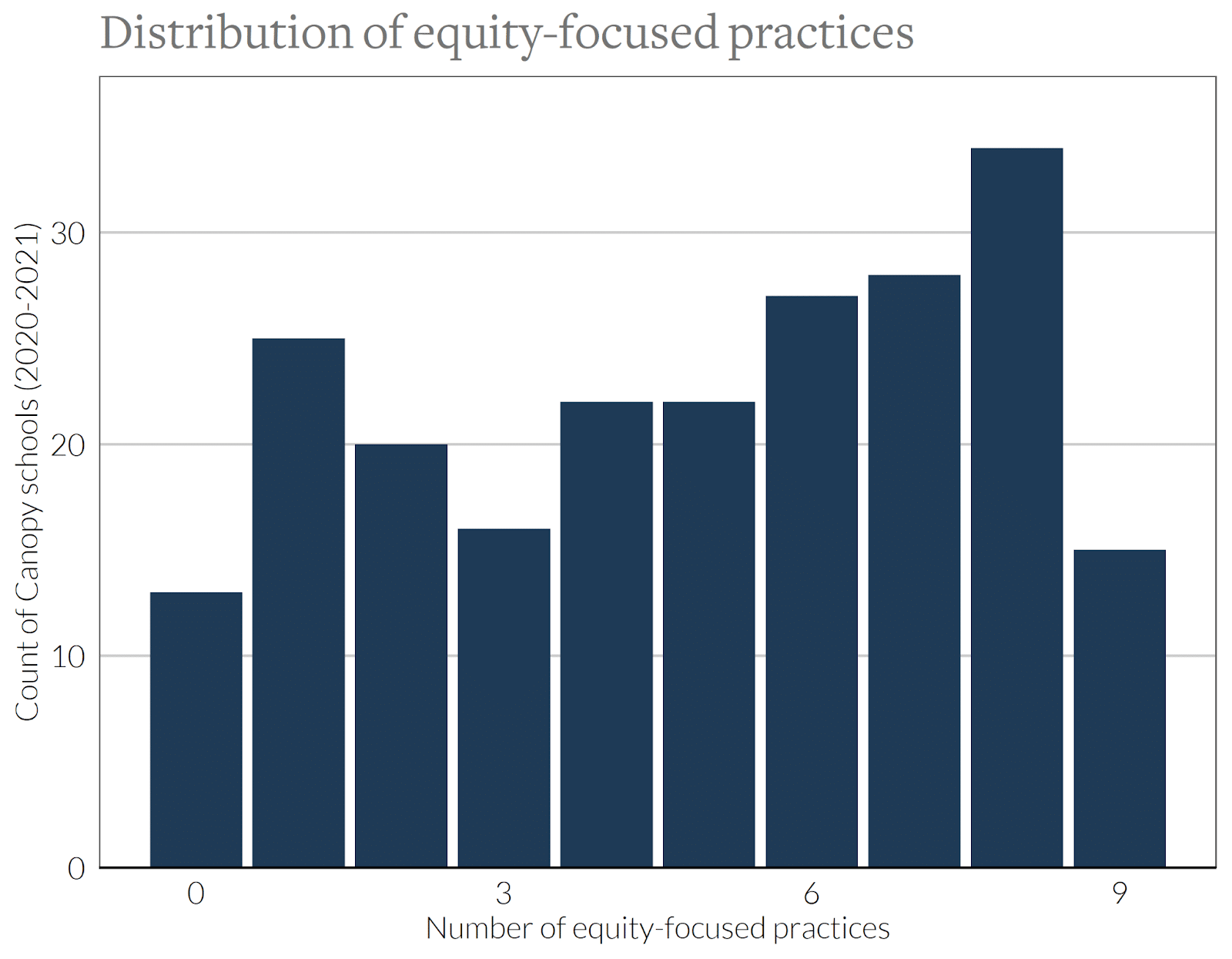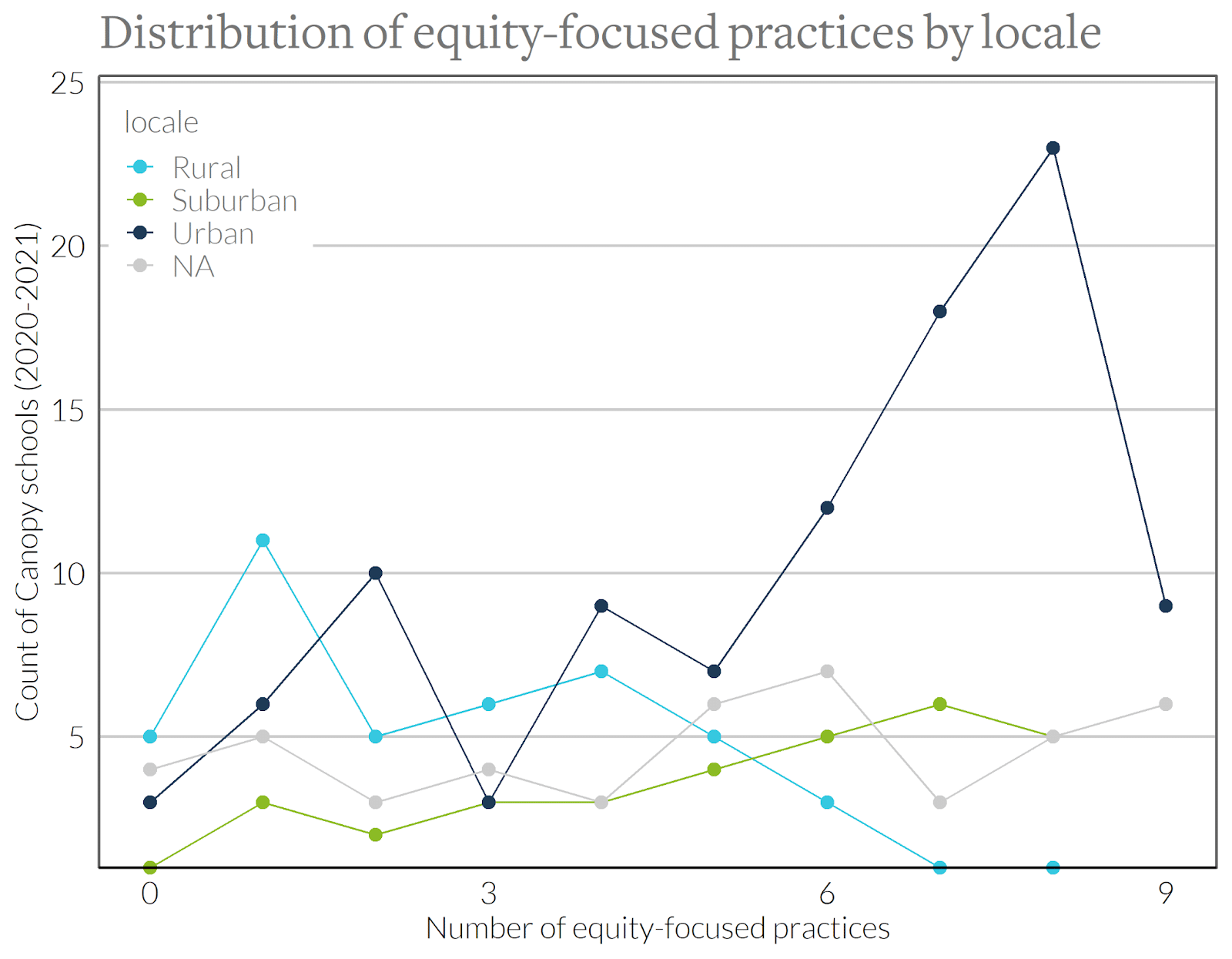These days, it’s impossible to have a conversation about pandemic recovery or stimulus funding without discussing equity.
That’s a good thing. We already knew that educational inequity is tied to poverty, which is, in turn, intertwined with race. And the last year has further revealed the many ways in which students in poverty, students of color, students with disabilities, and other marginalized groups face barriers to learning and opportunity that are built into our school systems and other institutions. As Shaka Mitchell, Tennessee State Director for the American Federation for Children, wrote, “While the pandemic has deepened inequities, it’s also provided a unique opportunity to reevaluate how we think about inequality and education.”
But action, not just new thinking, is what’s needed, as education researcher Jal Mehta has argued—and concrete action can be hard to come by. “There is no shortage of supply of equity approaches that would integrate thought and action,” wrote Mehta. “What is missing is the demand for such approaches, and the willingness to follow-through on the difficult action steps.”
Inspired by Mehta’s charge, I decided to investigate the demand for equity approaches. Where are schools actually following through on them?
Identifying equity-focused practices in the Canopy project
I pursued an answer to this question using the Canopy project’s national dataset on innovative schools. In particular, I set out to learn how common equity-oriented approaches are in Canopy schools, and whether school factors like student demographics, level, governance model, or locale were associated with these approaches.
Schools participating in Canopy surveys report the practices they are implementing using a consistent set of tags, or keywords and phrases. Only some of the Canopy tags are overtly equity-focused, and school leaders may or may not select those tags to describe their schools. This creates an opportunity to analyze the data to discover where equity-focused practices are most common, and where they are least common.
To begin with, I identified a subset of Canopy tags that are overtly equity-focused. Among all 91 tags, I selected nine that describe practices intended to positively impact students of color, students in poverty, and other historically marginalized groups. The nine I chose are listed below, and their descriptions can be found here.
- Designing for Equity
- Culture of Anti-Racist Action
- Practice of Culturally Relevant Pedagogy
- Culture of Restorative Practice
- Trauma-informed Instruction
- Reallocation of Resources for Those Most in Need
- Hiring Prioritizes Equity-focused Values
- Social Justice Focus
- Elimination of Tracked Classes
These nine practices aren’t the only ones that schools can implement with the goal of supporting marginalized students and confronting inequity, but they are the ones most explicitly designed to do so. (For example, Dual Language Programming can be beneficial for English Language Learners, but may also be implemented in schools with exclusively native speakers of English, so I didn’t include it in this set of equity-focused practices.)
Most schools reported a handful of equity-focused practices; few reported them all
Across the entire 2020-21 Canopy dataset of 222 schools, the most commonly cited practices were Designing for Equity (156 schools) and Practice of Culturally Relevant Pedagogy (147 schools). Elimination of Tracked Classes was least commonly cited (87 schools). (Explore more trends like these in the Canopy data portal.)
On average, schools in the Canopy project reported 4.8 of the 9 equity-focused practices. It was fairly uncommon to see schools reporting none of these practices, and it was also fairly uncommon to see all nine practices reported. The vast majority of schools reported between two and eight equity-focused practices.

School locale was the biggest predictor of number of equity-focused practices
Among the contextual factors we analyzed, a school’s locale—specifically, whether a school is located in a rural community or not—was the biggest predictor of equity-focused practices. On average, rural schools reported about two fewer equity-focused practices than their counterparts. No other contextual factor we examined (e.g., school level, governance model, and student demographics) even came close to locale in terms of its relationship to the number of equity-focused practices in schools.
The chart below shows the same data as the one above, but broken down by school locale. The share of urban schools grows, and the share of rural schools shrinks, as the number of equity-focused practices increase.

(Schools without locale information are those for which we were unable to find public data from the National Center for Education Statistics.)
Demographics were only a minor predictor of equity-focused practices
Are student demographics associated with whether schools report equity-focused practices? Not as much as locale, but a little bit.
The data showed that schools with higher rates of Free and Reduced-price Lunch (FRL) eligibility are associated with more equity-focused practices. This suggests that schools may be implementing these practices in part to support students experiencing poverty.
As for student race and ethnicity, these demographics were not strongly associated with the number of equity-centered practices in either urban or rural schools. But at suburban schools, higher proportions of students of color (especially higher proportions of students identified as Hispanic) were associated with more equity-centered practices. In turn, suburban schools with higher proportions of white students tended to report fewer equity-focused practices. In fact, a ten percentage point increase in the percent of white students in a suburban school was associated with an average decrease of 0.27 equity-focused practices.
No major effects related to Black student populations showed up in our analysis. That means a school’s proportion of Black students wasn’t a strong predictor of whether the school reported equity-centered practices.
Of course, we lack data on the myriad other factors that would influence whether a school implements equity-focused practices. It’s important to note that in our analysis, only about a third of the variance in the number of equity-focused practices can be attributed to schools’ locale and demographics—so lots of other factors play a role. And although the data shows clearly that equity-focused practices are less common in rural schools in the Canopy, it can’t explain why.
Nevertheless, given these patterns, equity-oriented funders and intermediaries stand to learn substantially from the exceptional rural schools implementing a wide range of equity-centered practices, especially given the increasing politicization of racial equity. Further analysis could investigate why rural schools have undertaken equity approaches, and how they have framed those approaches to their communities. Equally valuable lessons could be gleaned from urban and racially diverse suburban schools about the biggest drivers behind adopting practices overtly oriented toward equity.



